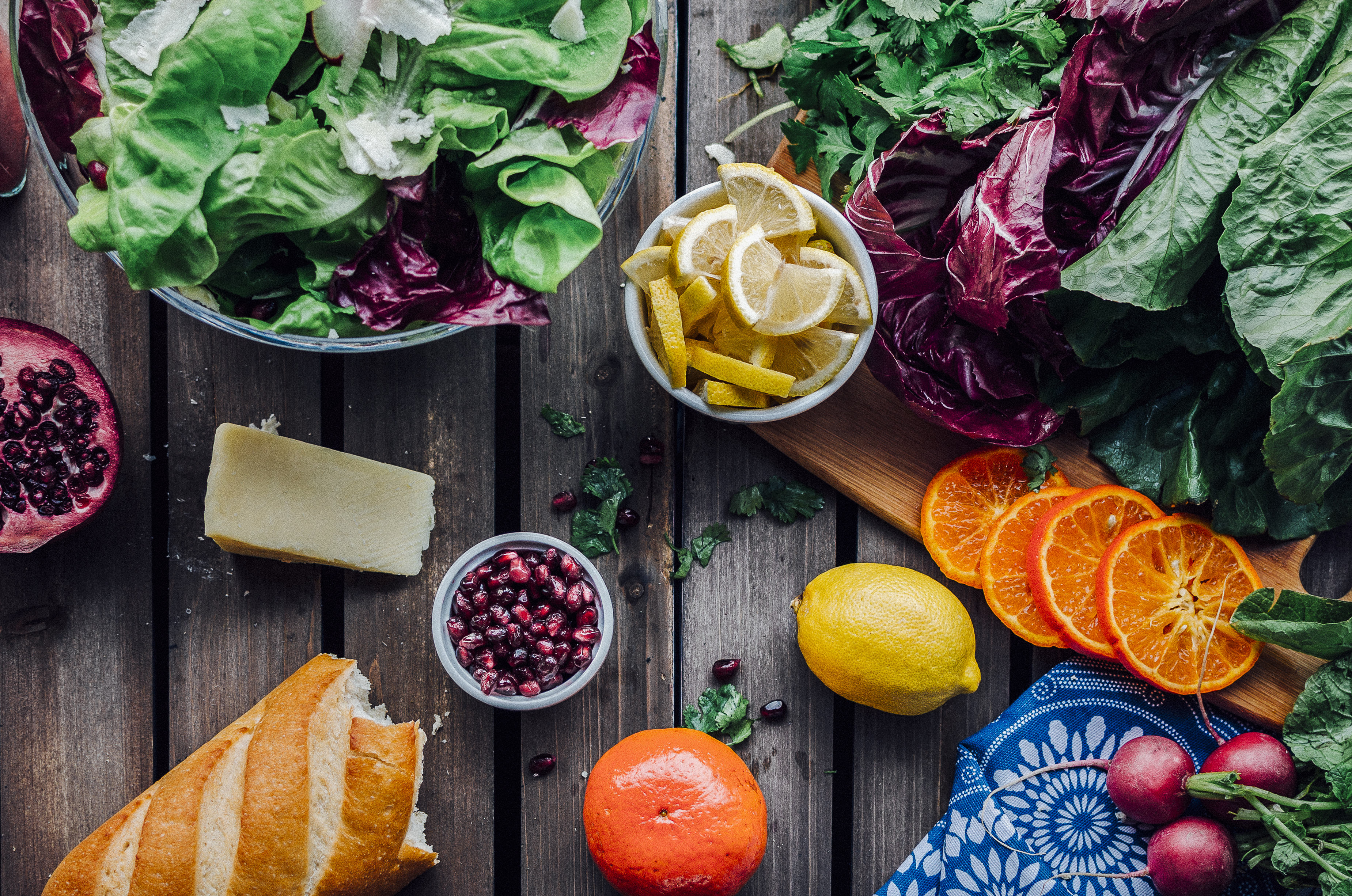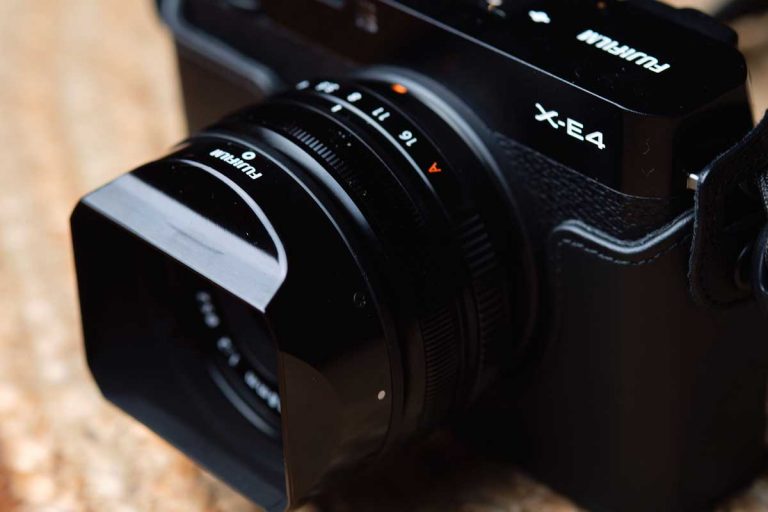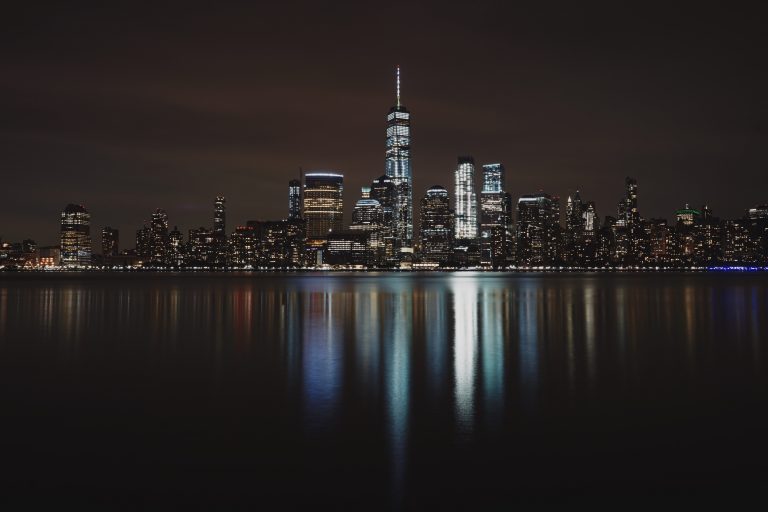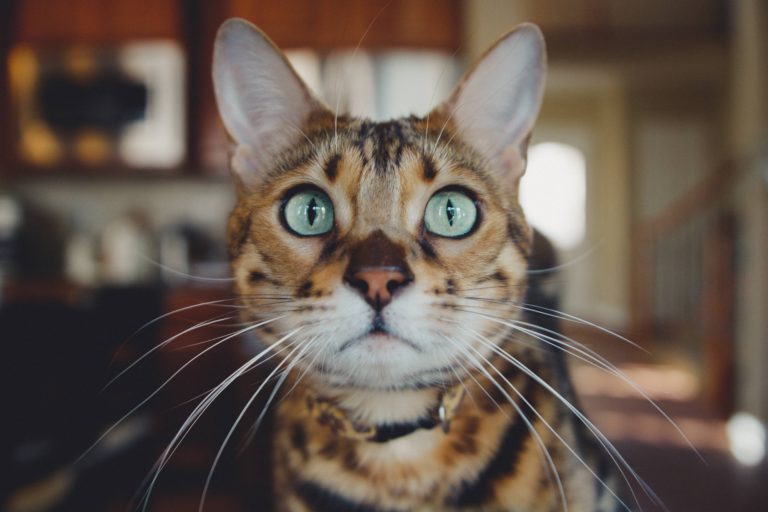Natural Light Food Photography: Making Your Images Pop With Just Natural Light

“Light is the single-most important storytelling element.”
I heard that quote often enough from my photojournalism professor back in college that it still springs to mind when I think about what goes into the making of a good photograph. It was said in the context of telling a journalistic story, but it applies to food photography, as well.
The quality of light is absolutely essential to any photograph, regardless of the subject. While strobes and diffusers can certainly be helpful, don’t make the mistake of thinking that you must invest in expensive lighting equipment in order to make good food photos.
In an earlier article covering some basic tips to improve your food photography, we referenced using natural light. In this article, we will expand upon that concept.
Finding Your Light Source in Natural Light Food Photography
Shooting indoors can be tricky. If you’ve ever tried making a photo inside, whether you were photographing a person or food, you have probably realized that often there isn’t enough light, and the quality of the light that is available is not always very appealing.
Luckily, natural light and a few inexpensive items can be leveraged to create some pretty stunning results.
The first thing to do is find your light source. Your best bet for shooting indoors is to find a window that receives plenty of sunlight.
Windows do a great job of diffusing harsh sunlight into a soft and pleasing light that will effectively illuminate your scene.
You can adjust the position of the food relative to the window in order to achieve different looks. Think about the composition, and how highlights and shadows can work together to enhance it.
Place the food directly in front of the window to create a nice backlit scene, or at a 90-degree angle so that the window is directly to your side when you are shooting.
When shooting natural light food photography, experimentation is necessary because lighting conditions are going to vary from scene to scene. Using two different windows in the same house can produce dramatically different results from one to the other.
So, some trial and error is going to be involved for you to find the right camera settings and positioning relative to the light.
Diffuse the Window Light as Needed
Windows do a great job of diffusing light, but sometimes it’s not enough. If you find that the light is still a bit too harsh for your taste, you can diffuse it even further with some cheap items that you may already have on hand.
White sheets, sheer white curtains, and clear matte shower curtain liners all make excellent and cheap diffusers. The shower curtain will block the most light, while the sheer curtains will block the least.
Use a Tripod for Sharper Results and Cleaner Files
Shooting by a window usually provides you with enough light to handhold your camera and still get sharp images.
However, there’s a decent chance that the lighting will be dim enough that you need to either bump up your ISO or slow down your shutter speed in order to properly expose the scene. And not only that, but you’re just always going to get sharper files when using a tripod and a shutter release cable/wireless remote. If you use your regular shutter button with a tripod or worse, if you hand hold completely, you run the risk of introducing the effects of camera shake to your images.
Also, when you’re photographing people, bumping up the ISO might be your best option, but if you’re shooting food, there’s no reason to risk introducing digital noise when you can just keep your shutter open longer.
It’s another good reason for making use of a tripod in food photography.
Shooting with a tripod also becomes extremely helpful when you’re acting as both the photographer and the food stylist.
You’ll find yourself making lots of tiny adjustments to the composition of the food as you go along, and having the camera locked into position frees up both of your hands and can make the process a bit smoother.
Fill the Shadows
No matter how you set up the scene, you’re bound to have some shadows somewhere. This is ok; the contrast between light and shadow is what gives photos depth and an element of drama. The goal is to control the shadows and make them work for you, not to eradicate them entirely.
If you’ve set yourself up by a window and diffused the light as necessary, the shot should be illuminated with nice and soft light, meaning that you also will have soft shadows. While these shadows can contribute greatly to the composition and add depth and interest to the photograph, you might need to add some light back in so that the information within the shadows can be read.
If this is the case, there are a couple of different materials that will do the job.
Reflectors come in a wide variety of sizes and colors, and aren’t very expensive. However, while reflectors are handy, you can definitely get by without them.
White foam core is an inexpensive alternative to a dedicated reflector. Just like a reflector, place the white foam core opposite the light source (in this case, the window) in order to bounce some light back into the shadows.
You can alter the color of the light by changing the color of the reflector.
If you’d like to add some warm light, gold reflectors work well. If you’d prefer the light to have a cooler tone, a silver reflector is what you want.
You could even cover your white foam core with foil for a cheaper alternative to purchasing a silver reflector.
Use a Mirror for Sharper, Directed Light
If you want to add an even more intense, focused light to a particular part of the dish, something as simple as a mirror can be used.
The effect will likely be subtle, but a well-placed concentrated beam of light can add a highlight to a piece of silverware, or emphasize a natural highlight of the food.
A piece of foil, or even a metal sheet pan can be used as well, to a softened effect.
Conclusion
Natural light is a great choice for food photography. Start paying closer attention to the light all around you, and when you find light that you like, study it.
Use these tips to help you try and replicate what drew you to the light in the first place.
Do you have more tips for other readers? Let us know in the comments below!






